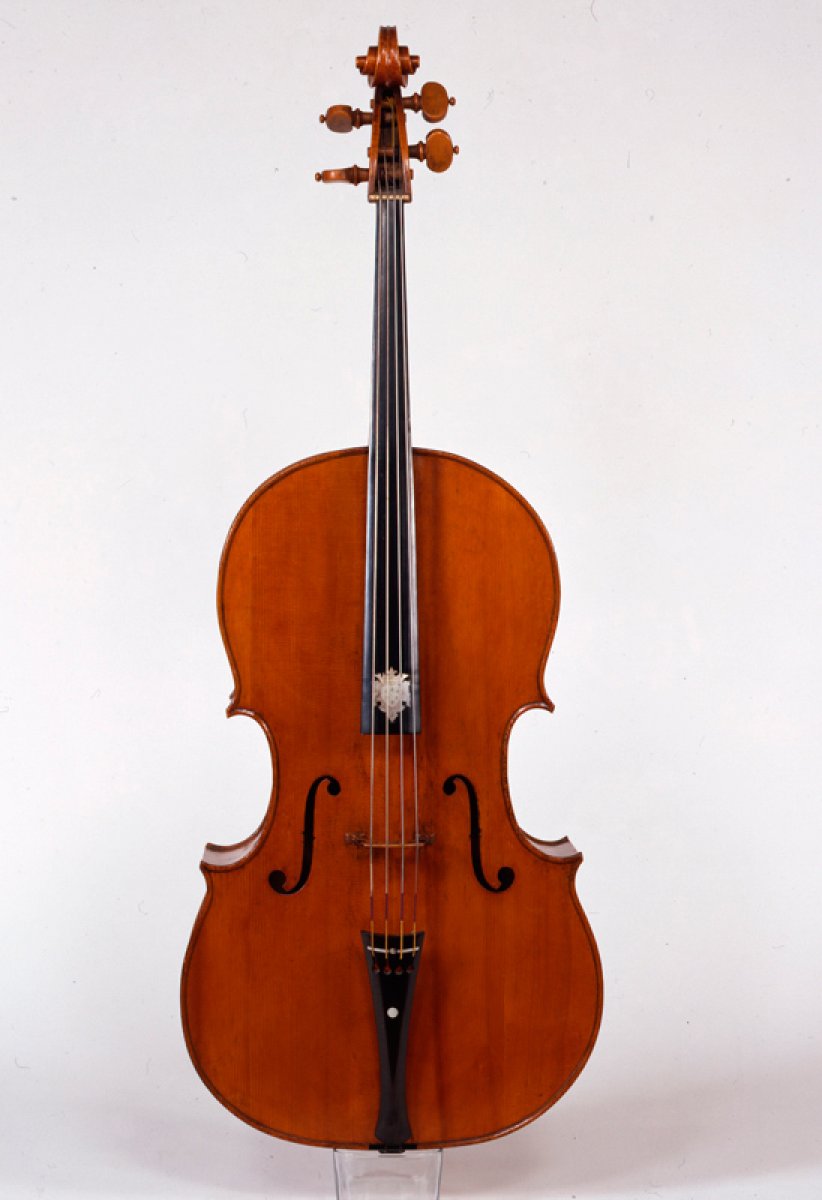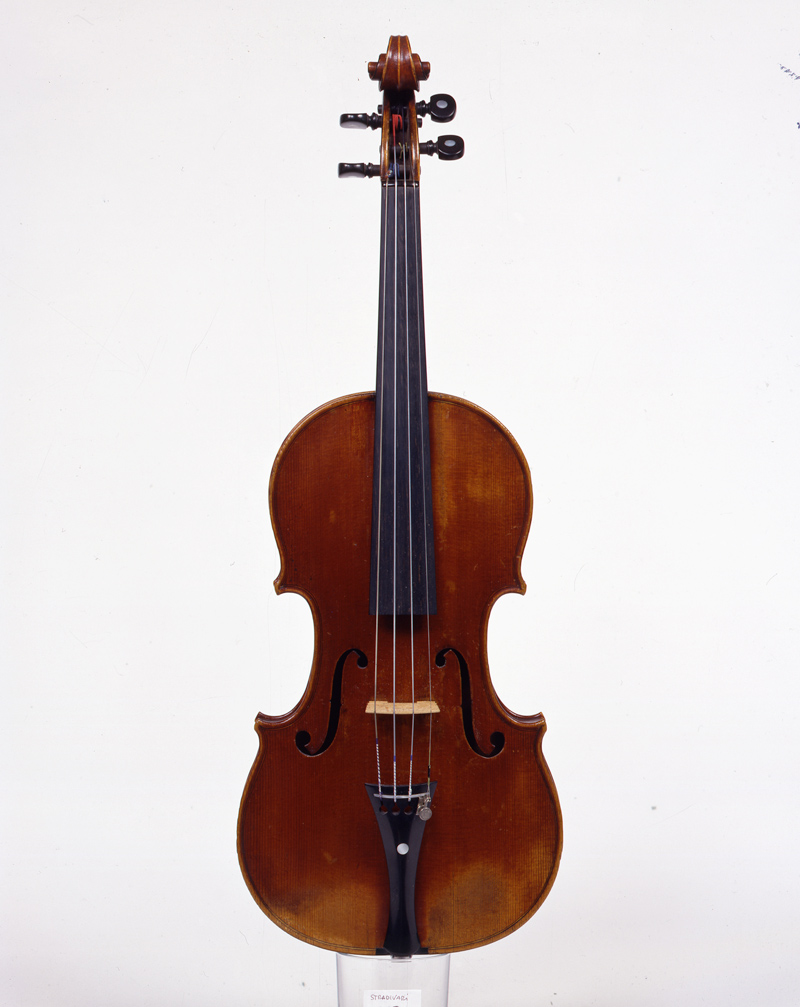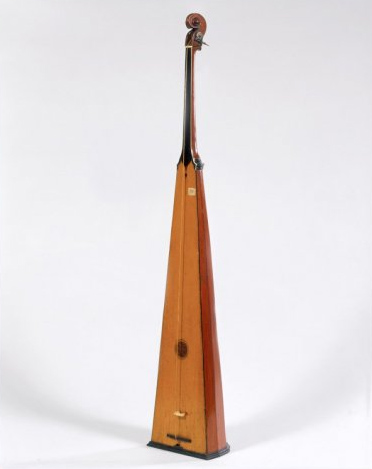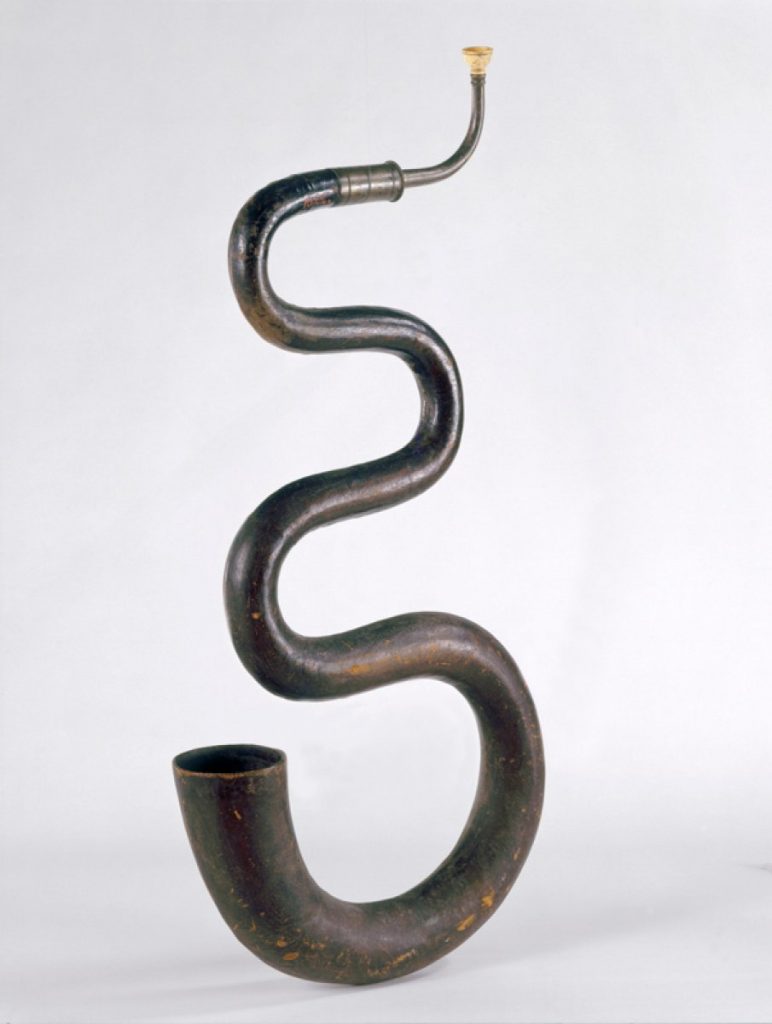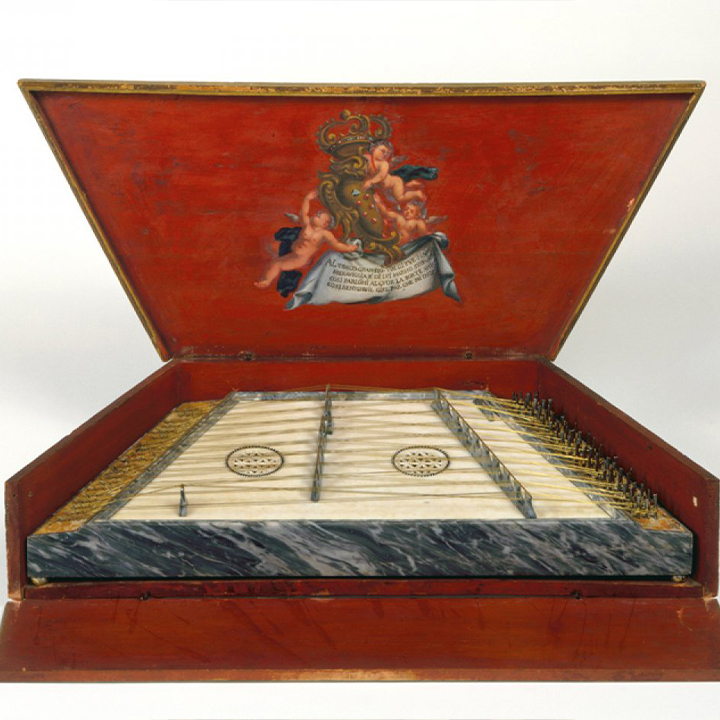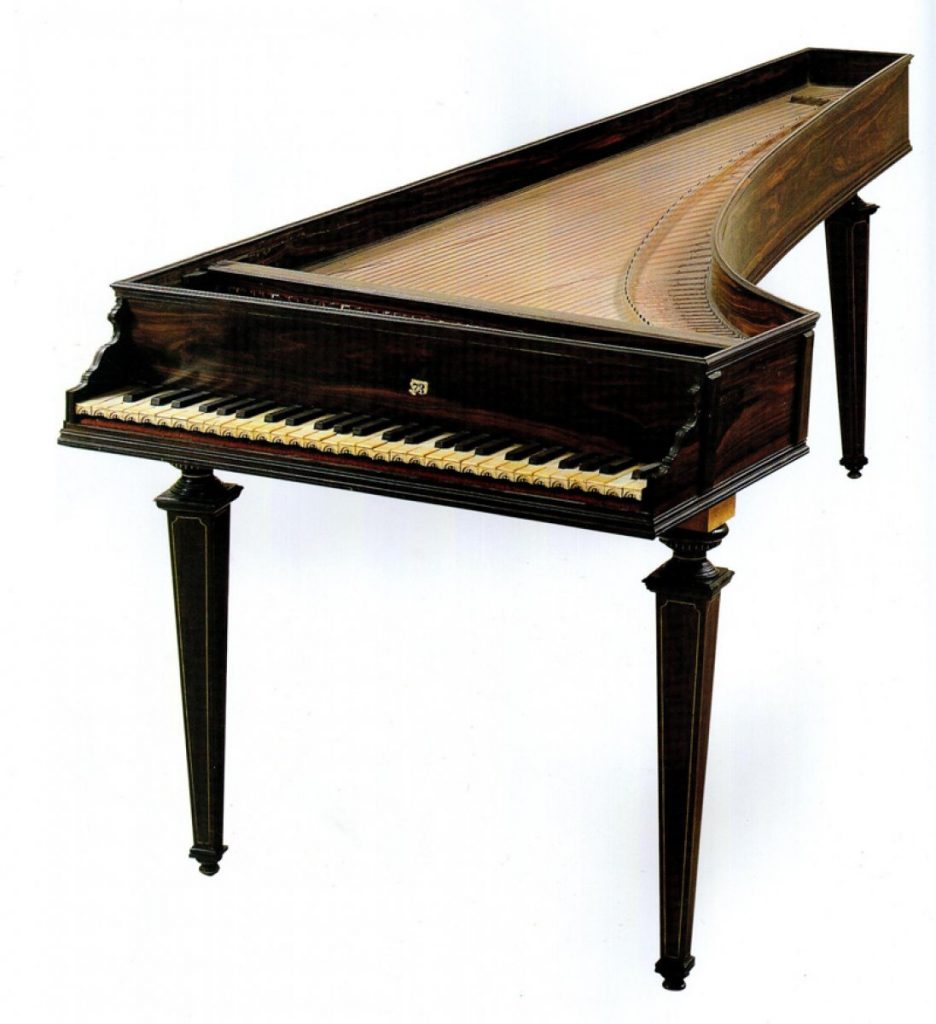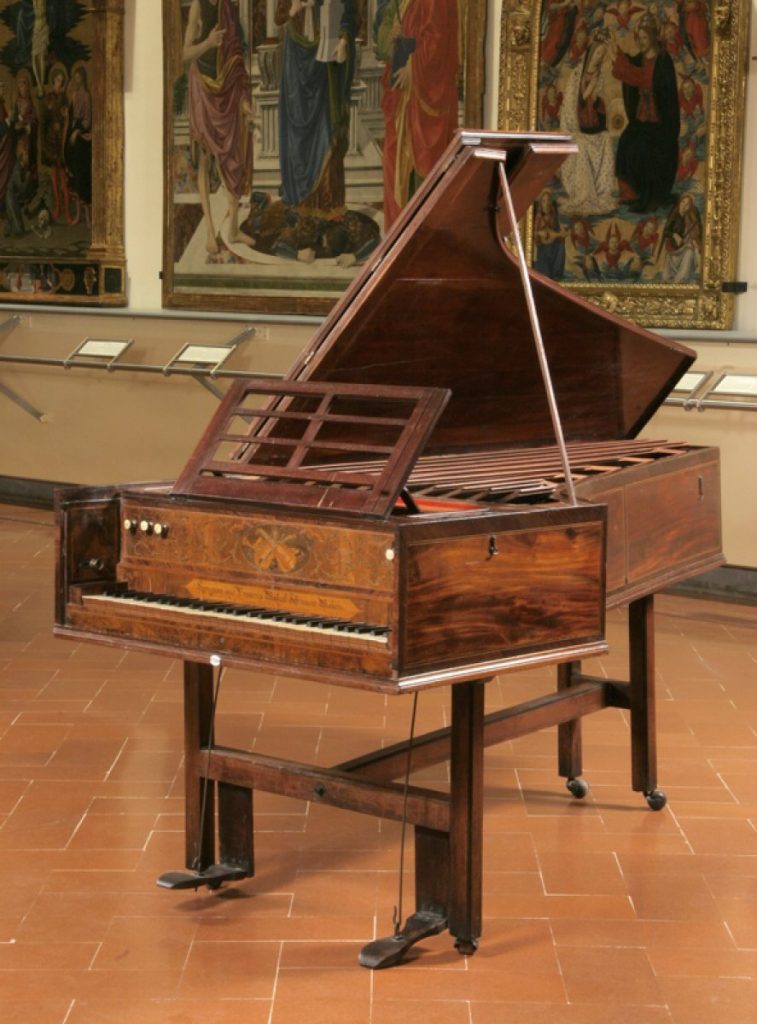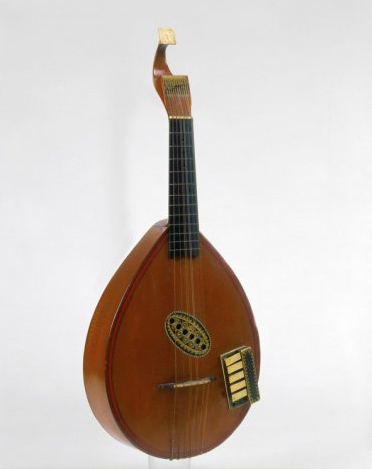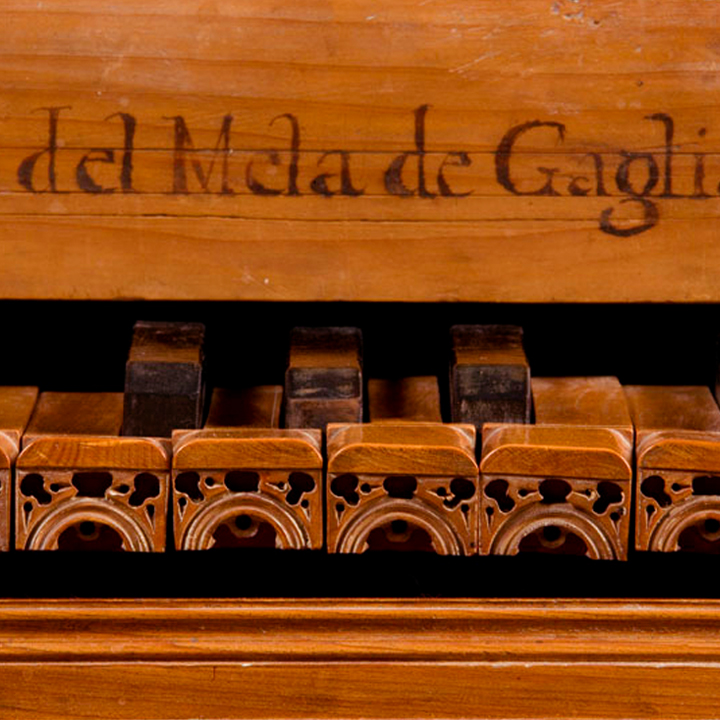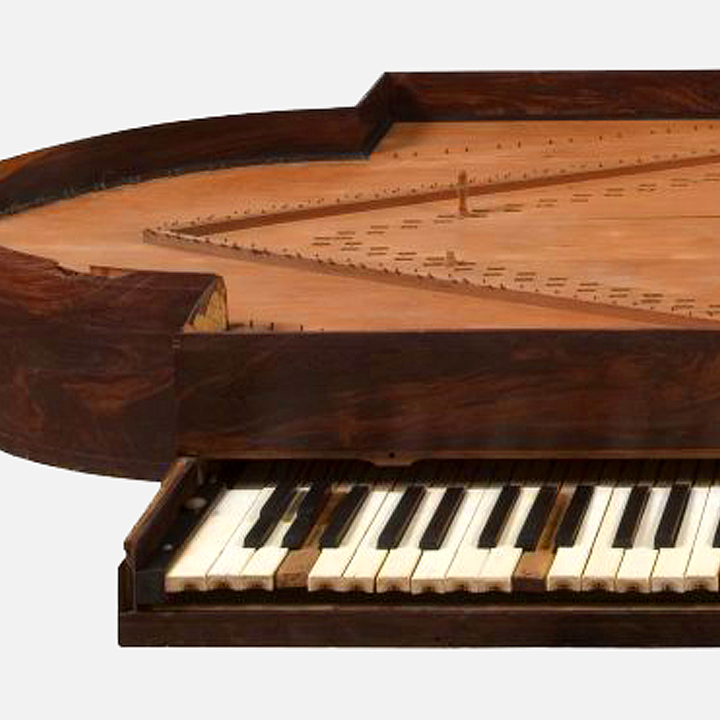Cello Amati
Niccolò Amati
Cremona, 1596 – 1684
MUSICAL INSTRUMENTS
Data sheet
- Author: Niccolò Amati
- Date: 1650
- Collection: MUSICAL INSTRUMENTS
- Material: spruce and maple wood
- Inventory: Inv. Cherubini 1988/033
Artwork
Like the violin and the viola, the cello dates from the early 16th century. For almost two centuries, it was played as an accompaniment to the bass, and it was not until the end of the 18th century that it gained recognition as a solo instrument in Italy.
This cello bears the Medici coat of arms and belonged to the collection of Grand Prince Ferdinando, together with seven other instruments recorded in an inventory from 1700. It is the oldest in the museum’s collection and was created around 1650 by Niccolò Amati, a famous luthier active in Cremona around the middle of the 17th century and, according to sources, Antonio Stradivari’s master. The instrument is evidence of the grace and delicate elegance of Amati’s works. The instrument only partly retains its original appearance since the size of the case was reduced at the end of the 18th century. This practice was quite common with cellos in the first half of the 17th century, which were initially created in larger sizes since the animal gut strings used at the time required considerable vibrating lengths to produce good bass sounds.
